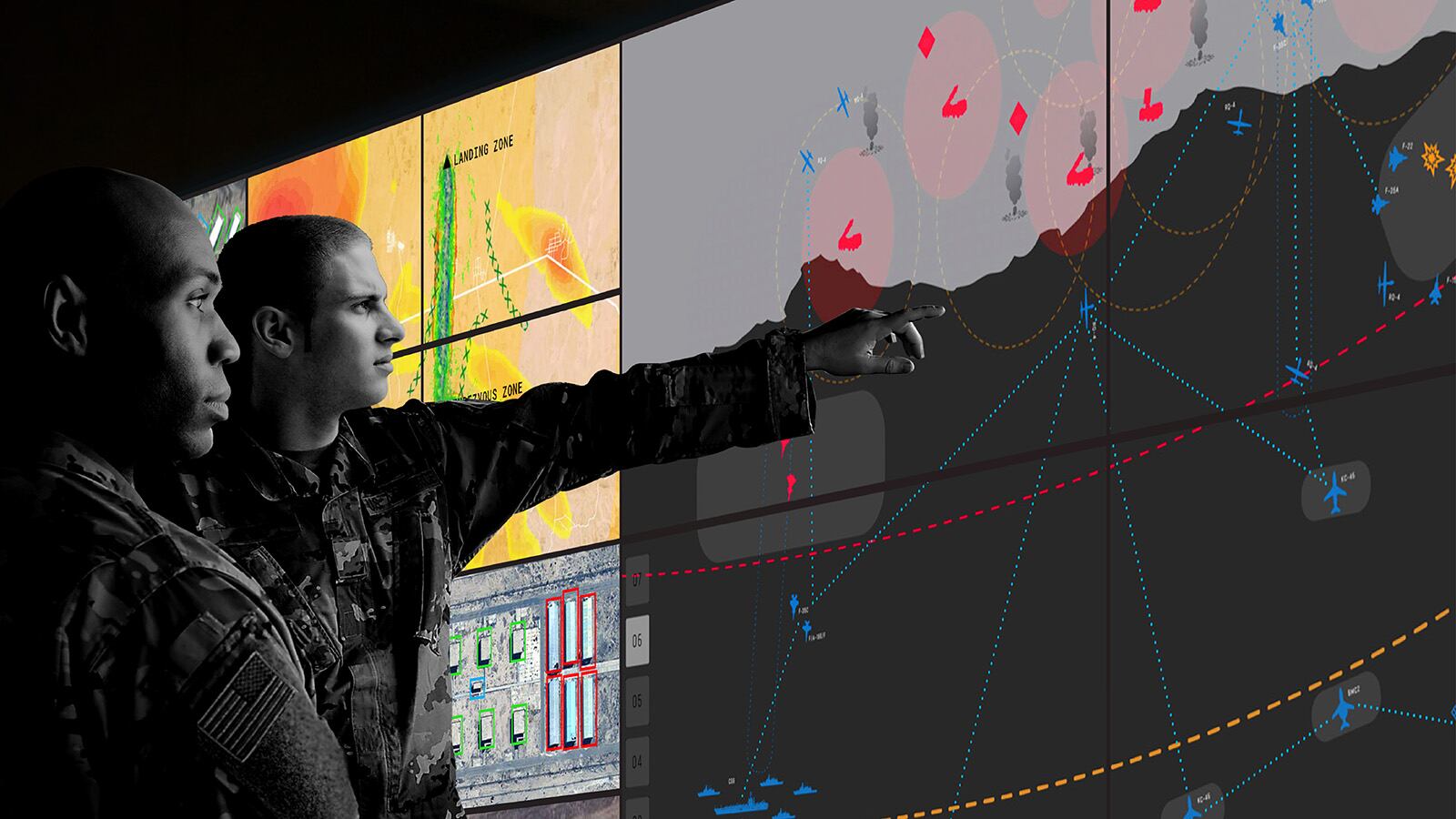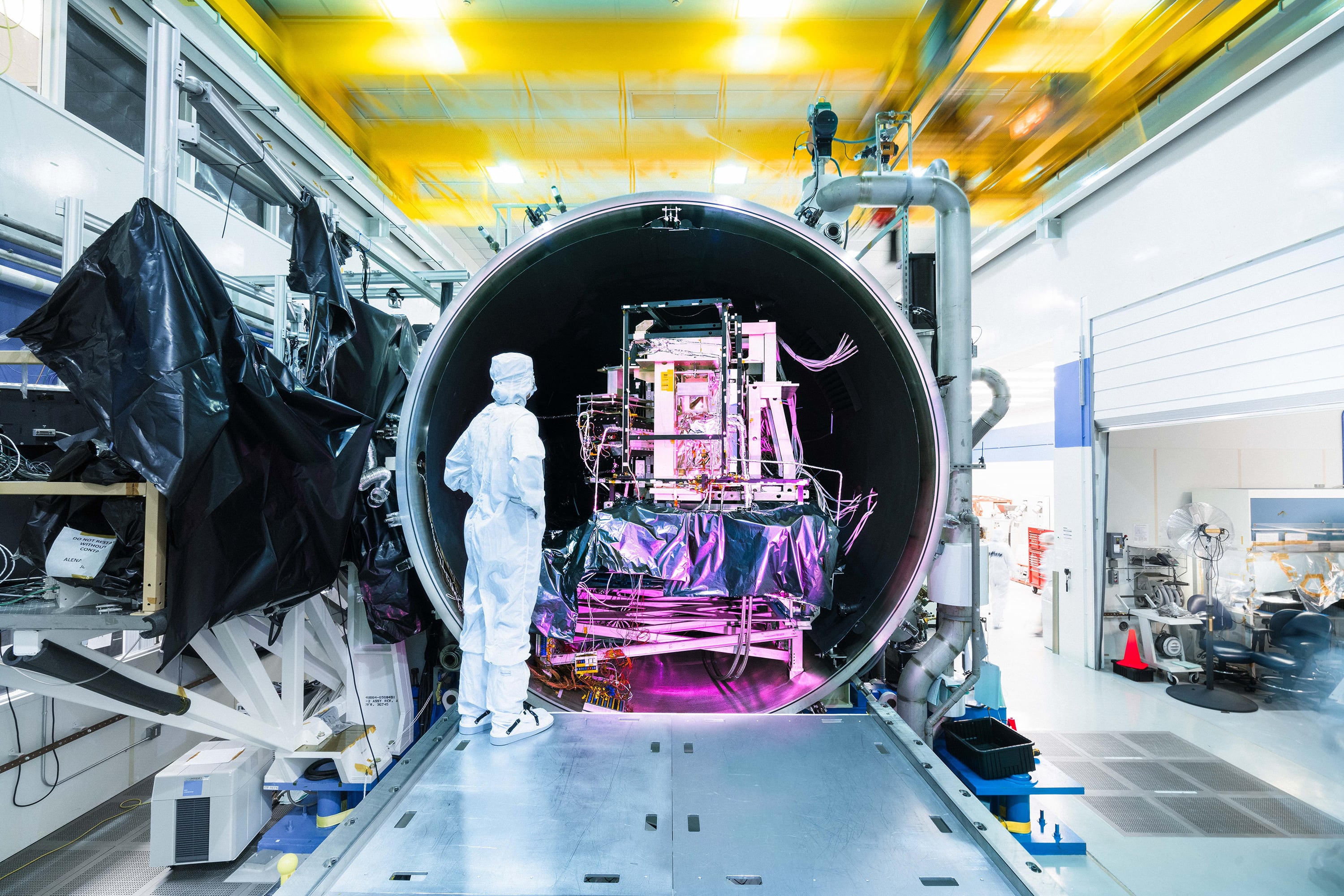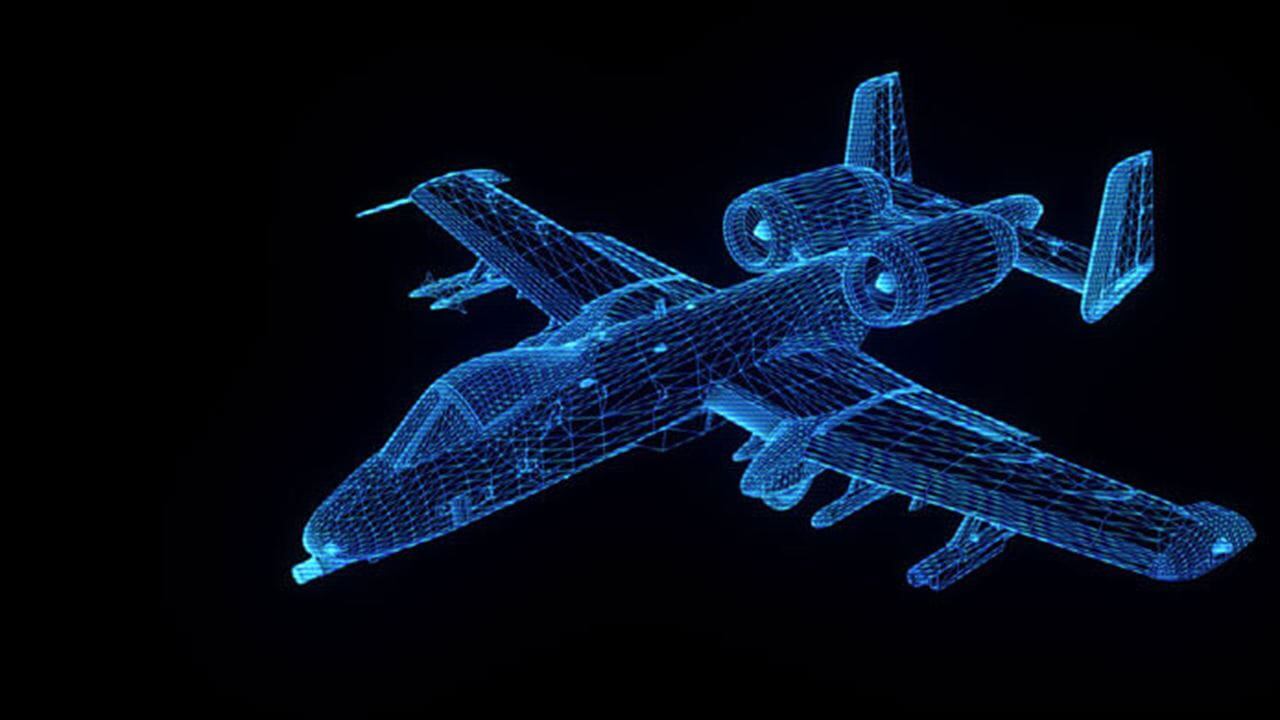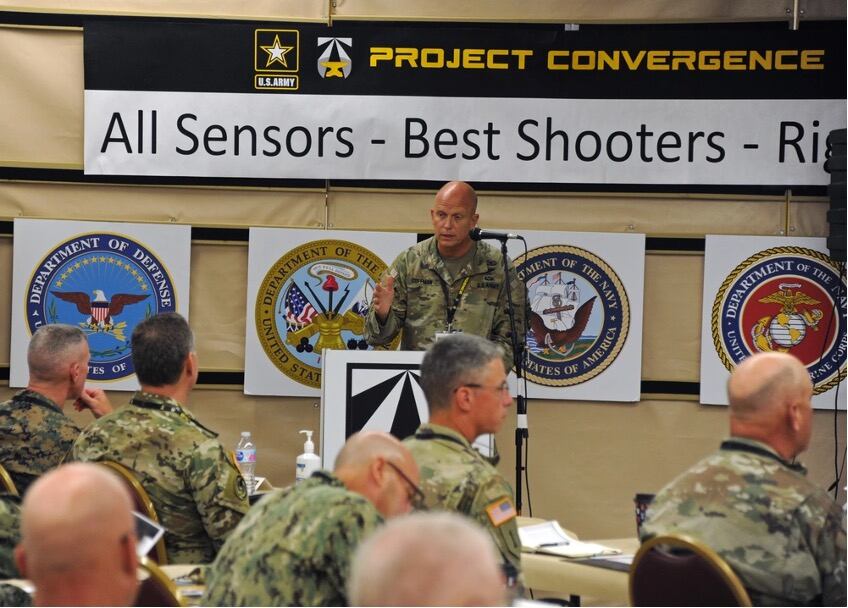A Discussion with Raytheon Intelligence & Space’s Barbara Borgonovi
The Department of Defense’s Data Strategy lays the foundation for how we manage, secure and use data to sharpen the U.S. national security’s asymmetric advantage. Barbara Borgonovi, vice president of Intelligence, Surveillance and Reconnaissance Systems for Raytheon Intelligence & Space, shares insight on how Joint All Domain Command and Control will transform the use of data to win the future all-domain fight.
Q1: How has the global security landscape evolved to create the need for Joint All Domain Command and Control (JADC2)?
Borgonovi: The National Defense Strategy shifts our focus from the counter terrorism operations of the past decade to preventing and preparing for a conflict with peer threats. In what the NDS calls the Great Power Competition, victory will hinge on our ability to develop transformative solutions that outpace adversaries' advancements in military capabilities.
Additionally, the Pentagon’s recent release of its first data strategy underscores a second shift to instill a data-driven approach across its operations and next generation technology development. Given the deluge of data available, the data strategy serves as a guide for how we use data as a strategic asset to stay ahead of adversaries.
The case for effectively harnessing data has never been more relevant and imperative. In the global threat landscape, adversaries have invested substantially to extend their lethal effects range and combat capabilities. The complexity of future warfare in the highly contested environment will complicate employment of our forces and allies.
New survivable, integrated system of systems and multi-domain effects that support the vision for JADC2 will help us reach deeper and act faster to respond in the future environment. Finding faster, creative and more automated uses of existing data will be key. This will help strengthen our asymmetric advantage to deter and defeat our adversaries.
Q2: How is the aerospace and defense industry responding to the increased support from the services in architecting the capabilities for JADC2?
Borgonovi: The precepts of JADC2 recognize that winning future wars depends on our speed to collect, analyze and use data to inform decision-making. To simplify a complex issue, we need an architecture that will enable the flow of data faster than ever before. Mission success depends on it.
The services' emphasis on cooperation is essential for our capabilities to work more effectively together. The U.S. Army and U.S. Air Force’s two-year collaboration agreement to co-develop the Combined Joint All-Domain Command and Control in October signals their priority to define this architecture. The U.S. Navy is also exploring a similar cooperation with the Air Force.
The Air Force’s Advanced Battle Management System on-ramp demonstrations and the Army’s Convergence Exercise serve as examples of partnership opportunities with the DoD to evaluate new capabilities, approaches, and to identify common standards.
Warfighting in the future will have at least one aspect that remains consistent with previous conflicts. Success will require partnership with allies and partners. From industry’s perspective, the collaboration across the services and with coalition partners will help turn JADC2 into a reality. We are working with the services and allies to develop a data-driven, secure and highly networked environment. This will enable fast decision-making in any domain. As the services and coalition partners establish relationships to work together, we stand ready to help rapidly transition the way we deliver warfighter capabilities through an integrated solution that the future demands.
Q3: How is Raytheon Intelligence & Space (RI&S) in collaboration with Raytheon Missiles and Defense (RMD) contributing to JADC2?
Borgonovi: RI&S and RMD are complementary because of our core technology areas. RMD contributes the smart multi-domain effects, while RI&S offers intelligence, surveillance and reconnaissance, cybersecurity and battle management command and control to securely move data. We are bringing these strengths together to provide JADC2 solutions across every domain.
Since the inception of JADC2, we have been active partners with the U.S. services. We continue to participate in multiple consortia to establish the standard for open architecture. Open architecture will serve as one of the key elements to enable access to data. We are also working on the open mission systems consortium, which includes about 10 industry partners in addition to the U.S. Air Force and U.S. Navy. Our intended outcome from this effort is to develop a set of standard software messages so that advanced radars can connect to mission systems. It will ultimately allow for any processor to plug and play into the network from open systems architecture sensors to secure communications to battle management command and control.
We’re developing these future capabilities that are more connected and smarter to connect the dots between data. Our ability to rapidly synchronize data will give our customers the strategic advantage needed on the future battlefield.
Learn more about RI&S' Decision Superiority capabilities.

Barbara Borgonovi is vice president of Intelligence, Surveillance and Reconnaissance Systems for Raytheon Intelligence & Space, a business of Raytheon Technologies. She is responsible for the strategic direction and operation of the mission area, which develops, produces and sustains airborne electro-optical/infrared sensors, active electronically scanned array/scanning radars and various special mission aircraft solutions. She also directs Raytheon Vision Systems, a leader in focal plane array technology.





